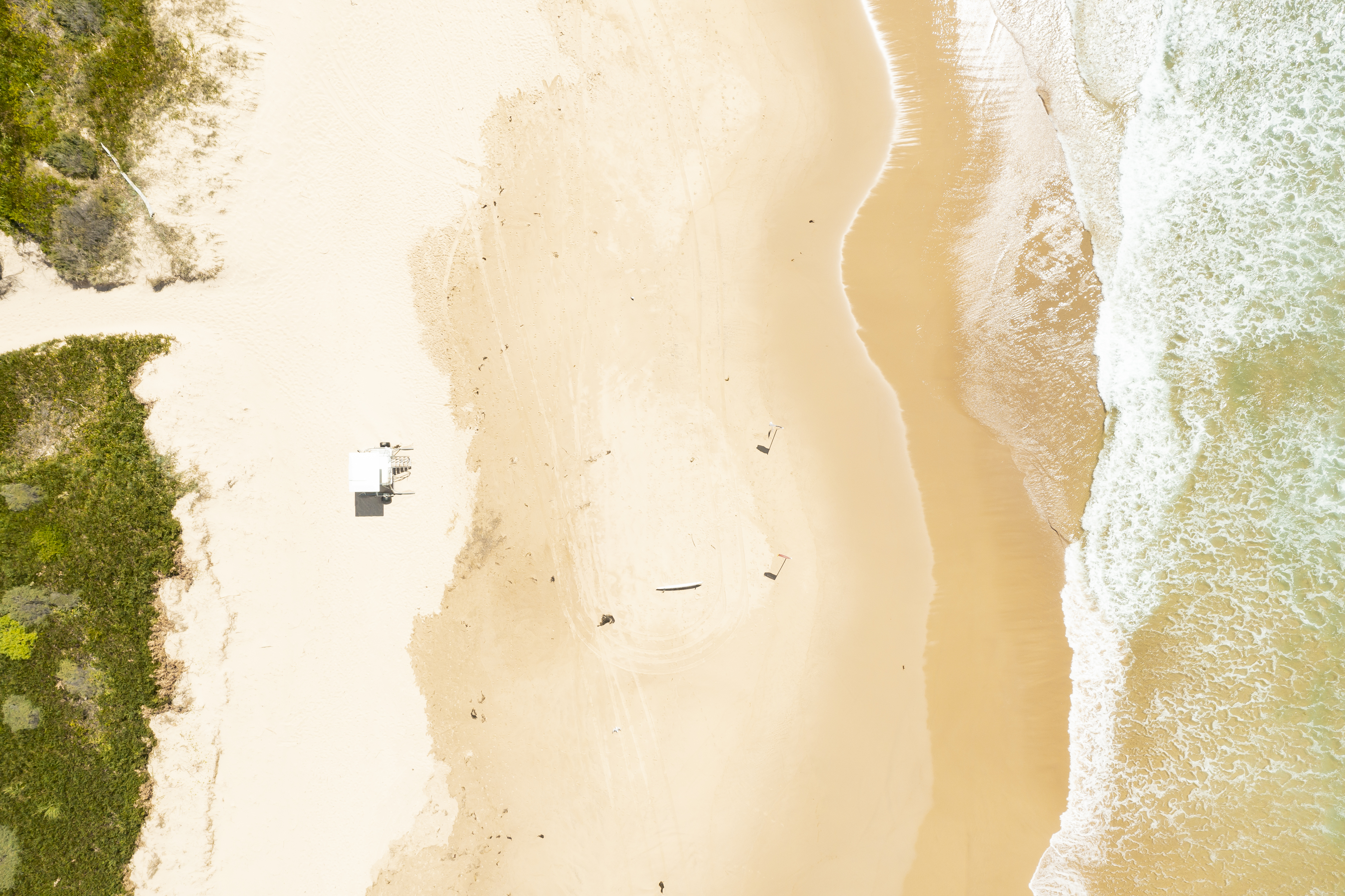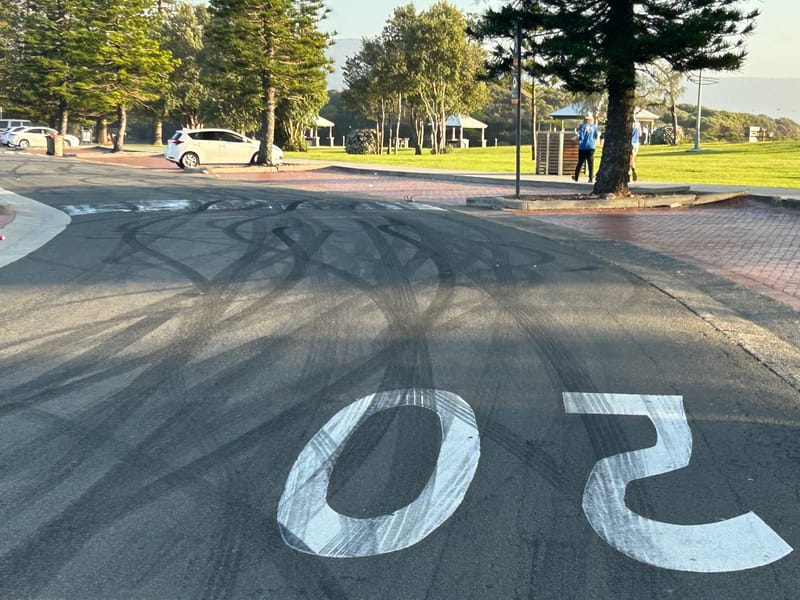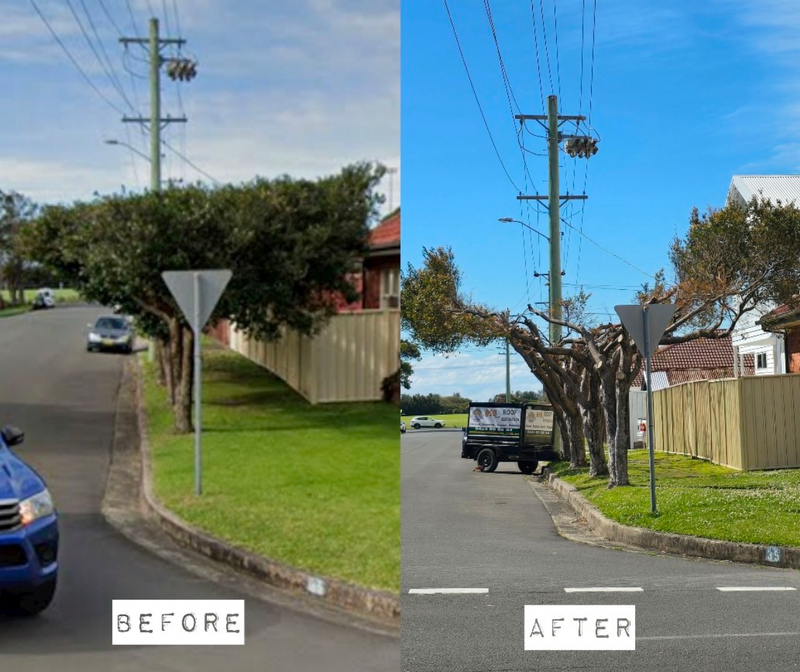A slow but sure goodbye to La Niña
It’s official – La Niña is on her way out and the warmer, drier weather is set to make a return. Last week, the Bureau of Meteorology announced that La Niña – the climate driver that is associated with cooler than average sea surface...

It’s official – La Niña is on her way out and the warmer, drier weather is likely to make a return.
Last week, the Bureau of Meteorology announced that La Niña – the climate driver that is associated with cooler than average sea surface temperatures that often results in above average rainfall for northern and eastern Australia – is expected to ease over the remainder of summer.
Over the past three years, La Niña has had a firm grasp of eastern Australia as the dominant climate driver in the El Niño Southern Oscillation (ENSO) which describes the movement between two opposing climate drivers La Niña and El Niño and the neutral phase.
With it, La Niña has wreaked havoc on much of Australia, with the nation’s worst flood disasters on record hitting northern New South Wales and south-east Queensland in early 2022. In October, Victoria also experienced its share of extreme flooding, with the onset of torrential rain and rivers reaching their peak before downstream flooding began to hit South Australia in December.
We're no strangers to immense downpours either. For the week of April 4 to April 11 last year, the Illawarra was the wettest place in Australia, with Darkes Forest coming in at first place with 352mm. It was followed by Bellambi in 12th place, recording 196mm.
With possible rain and thunderstorms forecast for the rest of week throughout much of the Illawarra it’s hard to see the end in sight, though we’re assured that La Niña is beginning to decay earlier than usual and will likely return to ENSO-neutral levels during February. This will mean a return to warmer and drier conditions across northern and eastern Australia, though La Niña’s slow retreat also coincides with the eastern seaboard’s wettest months as we head into autumn.
Our best bet is to cross our fingers and hope that February brings a lot more warm and sunny beach days before we welcome the new season, and to stay up to date with the Bureau of Meteorology’s Climate Driver Update webpage for the most reliable information.




